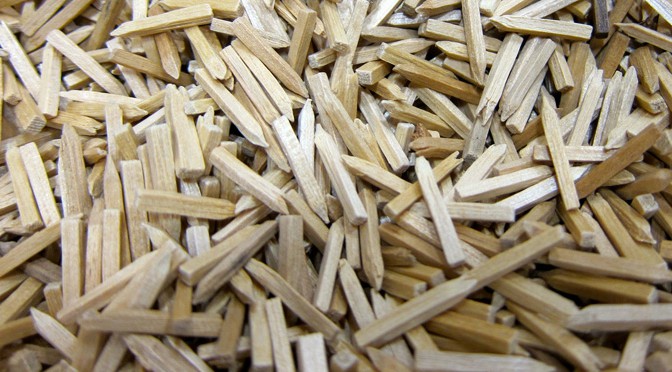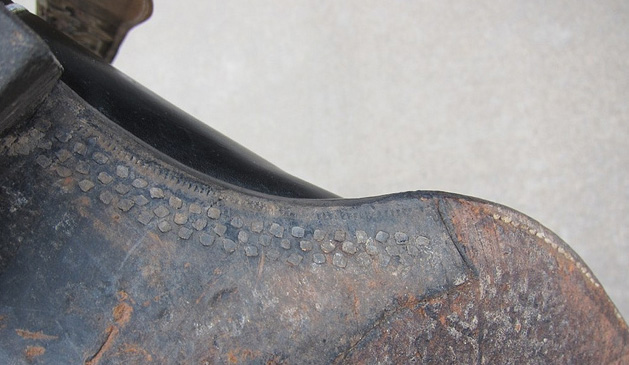Is it legal to sell a vintage pair of sea turtle boots? What about a bootmaker making new boots from an old skin that they’ve held onto for years? Well, the answer is …it depends.
The international and interstate sale of sea turtle products is illegal. That’s why eBay won’t allow sellers to post old cowboy boots made from sea turtle hides. Occasionally, I will see a pair placed up for auction as “vintage” or “fake alligator.” These boots will often have the glossy shine of alligator leather, but the “tiles” will be smaller and rounder. Some of these eBay sellers might be genuinely confused, and there may be others trying to sneak their boots in under eBay’s radar.
The sale of sea turtle boots may be legal, if the buyer and seller are located in the same State (…not interstate, get it?)…AND provided their State’s laws allow it. In these cases, both the buyer and seller often need permits. (Contact your State’s U.S. Fish and Wildlife Service Office for more details.)
There are other exotic hides such as anteater (a.k.a. “pangolin” or “Manis temmincki”) which remains legal for sale in the U.S. only if a seller can prove the hides were legally obtained/imported. If you travel wearing exotic boots, you may save yourself some trouble by keeping a copy of your sales receipt tucked in your suitcase…especially if you are transporting more than one pair. Never attempt to enter or return to the U.S. wearing sea turtle boots! (More help with travel & souvenirs)
In California, the list of unlawful species is contained in the California Penal Code: Section 653.o. It reads as follows…
653o. (a) It is unlawful to import into this state for commercial
purposes, to possess with intent to sell, or to sell within the
state, the dead body, or any part or product thereof, of any
alligator, crocodile, polar bear, leopard, ocelot, tiger, cheetah,
jaguar, sable antelope, wolf (Canis lupus), zebra, whale, cobra,
python, sea turtle, colobus monkey, kangaroo, vicuna, sea otter,
free-roaming feral horse, dolphin or porpoise (Delphinidae), Spanish
lynx, or elephant.
Any person who violates any provision of this section is guilty of
a misdemeanor and shall be subject to a fine of not less than one
thousand dollars ($1,000) and not to exceed five thousand dollars
($5,000) or imprisonment in the county jail for not to exceed six
months, or both such fine and imprisonment, for each violation.
(b) The prohibitions against importation for commercial purposes,
possession with intent to sell, and sale of the species listed in
this section are severable. A finding of the invalidity of any one
or more prohibitions shall not affect the validity of any remaining
prohibitions.”
NOTE: At the time of this posting, the California State Attorney has chosen not to prosecute bootmakers for selling cowboy boots made with kangaroo hides, if they can prove that the skins were legally imported/obtained.



